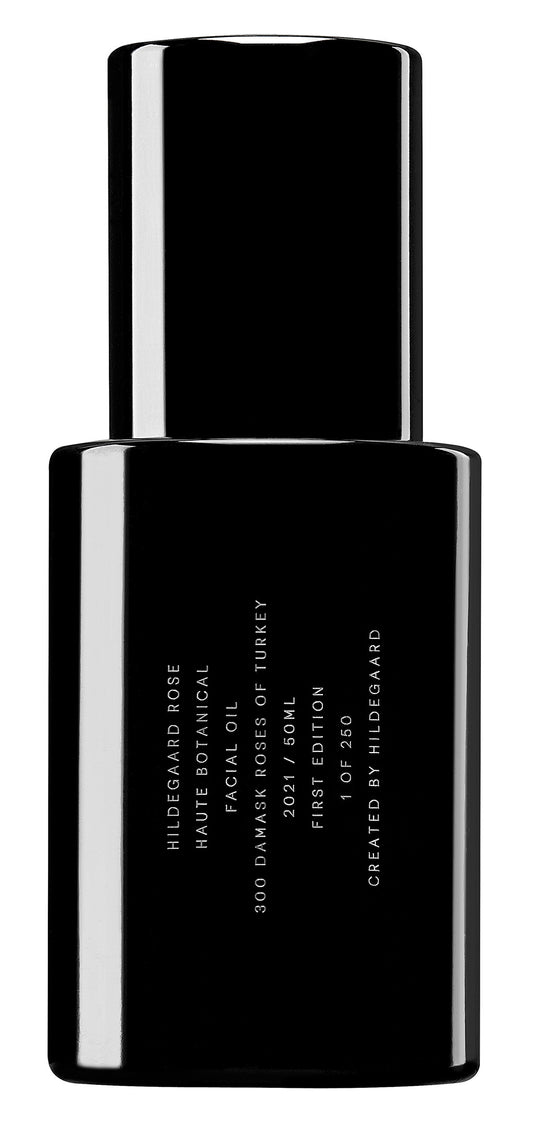
Like the visionary ecstatics before her, Lia sought untouchable, ephemeral light. But plants are the earthly embodiments of light; they track the sun, the same star that would blind humans, with a meditative tenacity, watching its every movement; they transmute luminosity into fecundity and light’s potential into life’s kinetic energy. What secrets of light do plants hold, and how to unlock them? How to become an even more direct conduit for refracting the light of the cosmos?
Hildegard’s botanical passion flourished and she researched and wrote prodigiously of plants’ healing powers. Lia mirrors this meticulous approach, seeking tutelage under modern sages, and achieves an even deeper fluency in the science and tradition of using plants to achieve an inner luminosity. Hildegard studied music, art, mathematics, healing, poetry, and Scripture for a holistic understanding of her verdant world. Lia delves into contemporary performance practice, physics, consciousness, creativity, biology, and philosophy for a truer understanding of plants and how they commute the ineffable power of light into the physical realm.
The vision for the modern house of Hildegaard comes to Lia one still fall day as she meditates on her next creation, sitting barefoot in the grassy field behind her studio. The garden gate, tall and imposing, is tied shut with a purple sash. In a moment of blinding but gentle light, the gate swings open, and the garden path stretches before her — but where there was once a humble plot of land there is now endless acres of verdant, lush farmland.
As plants become the physical embodiment of ethereal light, so does this vision give a tangible form to Lia’s life and work with all the aspects of light and plant life. As the foremost scholars of light, plants also know of this deep secret of Beauty and wholeness buried in our metaphysical selves.
The primeval garden gate swings open for all of us, a befitting reflection of both our innermost sanctums and the natural world. In the garden, Lia sees cosmic light transliterated into nourishment for all levels of our being, from the physical to the metaphysical. Plants gather up the mystery and the complexity of light-based existence and make it accessible.
Lia’s journey culminates in the house of Hildegaard, and we are invited to this homecoming. Like the garden gate, plants open up to us with enthusiasm and generosity.
The house of Hildegaard is reborn, here to facilitate a deep and renewed conversation with plant life and tap into the enlightenment that flows from them, our earthly connection to the sun.
Lia established the luxury creative house of Hildegaard as a dynamic ecosystem for the continued pursuit of light, luminosity, and enlightenment and as the next evolution of her artistic vision, and to present to the world the illuminated gifts plants can give us.
Hildegaard Origin
Five-year old Lia has her first vision of light while dancing in a darkened attic. It speaks to her, without words, of a secret; some truth hidden in the creative, unconscious, spiritual self.
Lia’s visions become more pronounced as she grows, and her devotion to light deepens. While other kids play outside, Lia blacks out the windows in that attic and conducts endless hours of experimentation and exploration of these luminous phenomena.
She dedicates her mind, body, and soul to exploring the nature and origins of light and bridging the gap between physical, spiritual, and astral — between the every day and the extraordinary. She searches for the source of her visions at the edges of perception and understanding, seeking to bring forth those visions of light in others — to gift them a glimpse of that kernel of the secret to enlightenment hidden so deep inside.
Lia’s lifelong odyssey is guided by obsession with light, its origins, and humankind’s relationship to it. She becomes an internationally recognized artist with a body of work that provokes deep contemplation of the role light plays in our lives and minds; a performative mystic who practices extreme physical exigency to sharpen her artistry as she searches inward: thirty day meditations deep in primeval caverns, forty day vows of silence, three-month fasts. Like a seed in the earth, Lia became an explorer of the inner cosmos, delving into darkness to expand our concept of visual perception. Her brain is studied by neuroscientists searching also for secrets of the mind’s relationship to light, visionary experiences, and the act of creative inspiration itself.
Across time and space, Lia discovers a kindred spirit in the Saintly Mother Hildegard von Bingen, the 12th century polymath with her own visions of light that inspire her art and her revolutionary ecological philosophy. Hildegard’s luminous visions lead her — and, now, modern Mother Lia Chavez — to the earth, to Nature, and to plants, and to the importance of engaging the senses as a means of reverence.






